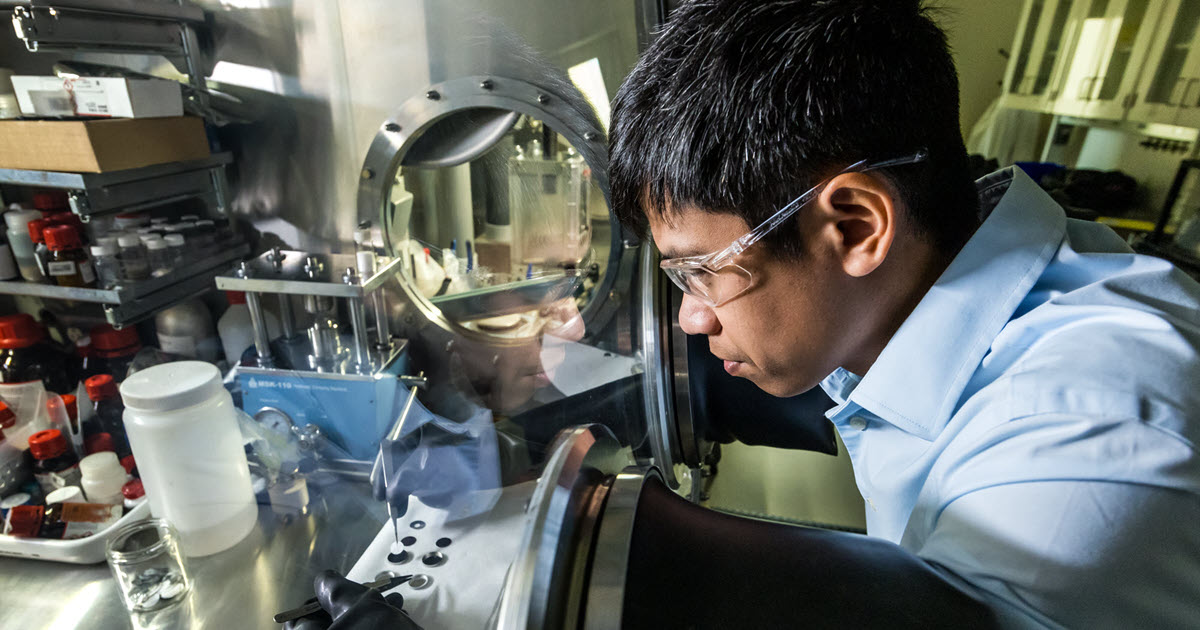
Key Takeaways:
Unveiling Qualcomm CEO Amon’s Prophetic Insight: Harnessing the Power of Vehicles as the Future Computing Hub!
As the world progresses towards a highly connected and digital future, it is crucial to explore the role of vehicles in this transformation. Unveiling Qualcomm CEO Cristiano Amon’s insight sheds light on a futuristic vision where vehicles evolve to become the central computing hub for various applications and services. In this article, we dive into Amon’s predictions and discuss the factors that will drive this transformation.
The Vision: Vehicles as the Future Computing Hub
Amon’s visionary insight suggests that vehicles will emerge as the future computing hub, connecting people, devices, and the digital world seamlessly. This transformation holds immense potential in terms of improving safety, convenience, efficiency, and overall user experience. Here, we delve into the significant advancements that make this vision plausible.
1. 5G Connectivity
5G, the latest generation of wireless connectivity, unlocks unparalleled opportunities for vehicles to function as powerful computing platforms. With its lightning-fast speed, low latency, and high bandwidth, 5G enables real-time data transmission, opening doors to innovative applications and services. Vehicles equipped with 5G connectivity can leverage cloud computing resources, gaining access to vast amounts of data and processing power in a blink of an eye.
2. Edge Computing
The marriage of 5G and edge computing further strengthens the case for vehicles as computing hubs. Edge computing allows data processing and storage to occur closer to the source, minimizing latency and enhancing real-time decision-making capabilities. With sophisticated AI algorithms, vehicles equipped with edge computing can process massive data streams from sensors, vehicle-to-vehicle communication, and infrastructure, enabling enhanced safety features, predictive maintenance, and personalized experiences.
Groundbreaking Implications: What Does the Future Hold?
Quantum leaps in technology often come with profound implications. Let’s explore a few significant changes we can anticipate as vehicles fulfill their role as future computing hubs.
1. Enhanced User Experience
Imagine a scenario where your vehicle anticipates your preferences and needs. With extensive data insights and processing power at their disposal, onboard intelligent systems can personalize the driving experience, curating entertainment, climate control, and even optimizing navigation routes. Advanced voice and gesture control systems will further enhance in-car interactions, making driving a truly personalized and enjoyable activity.
2. Advanced Driver Assistance Systems (ADAS)
With vehicles evolving into powerful computing hubs, ADAS technology will advance significantly, transforming the way we safety and navigate our roads. Cameras, LiDAR sensors, and radar systems will work together to provide a comprehensive view of the surroundings in real-time. In critical situations, the computing hub within the vehicle will analyze and process data from multiple sensors simultaneously, enabling secure and reliable decisions.
3. Mobility-as-a-Service (MaaS)
The future of transportation will witness not only cars but a complete mobility ecosystem. Vehicles functioning as computing hubs will seamlessly integrate with various modes of transport, enabling efficient and seamless travel experiences. Shared mobility platforms powered by interconnected vehicles will pave the way for Mobility-as-a-Service (MaaS), offering transportation options tailored to individual needs.
Frequently Asked Questions
Conclusion
Qualcomm CEO Cristiano Amon’s foresight about vehicles becoming the future computing hub is a testament to the rapid advancements in technology and connectivity. With the convergence of 5G, edge computing, and AI, we are on the cusp of a transformative era where vehicles not only provide transportation but also serve as powerful computing platforms. The possibilities and benefits of this vision are significant, ranging from enhanced user experiences to advanced driver assistance systems and the rise of Mobility-as-a-Service. As we move forward, it becomes essential for industries, policymakers, and technology leaders to collaborate and shape the future of connected mobility.
Source: insidertechno.com








